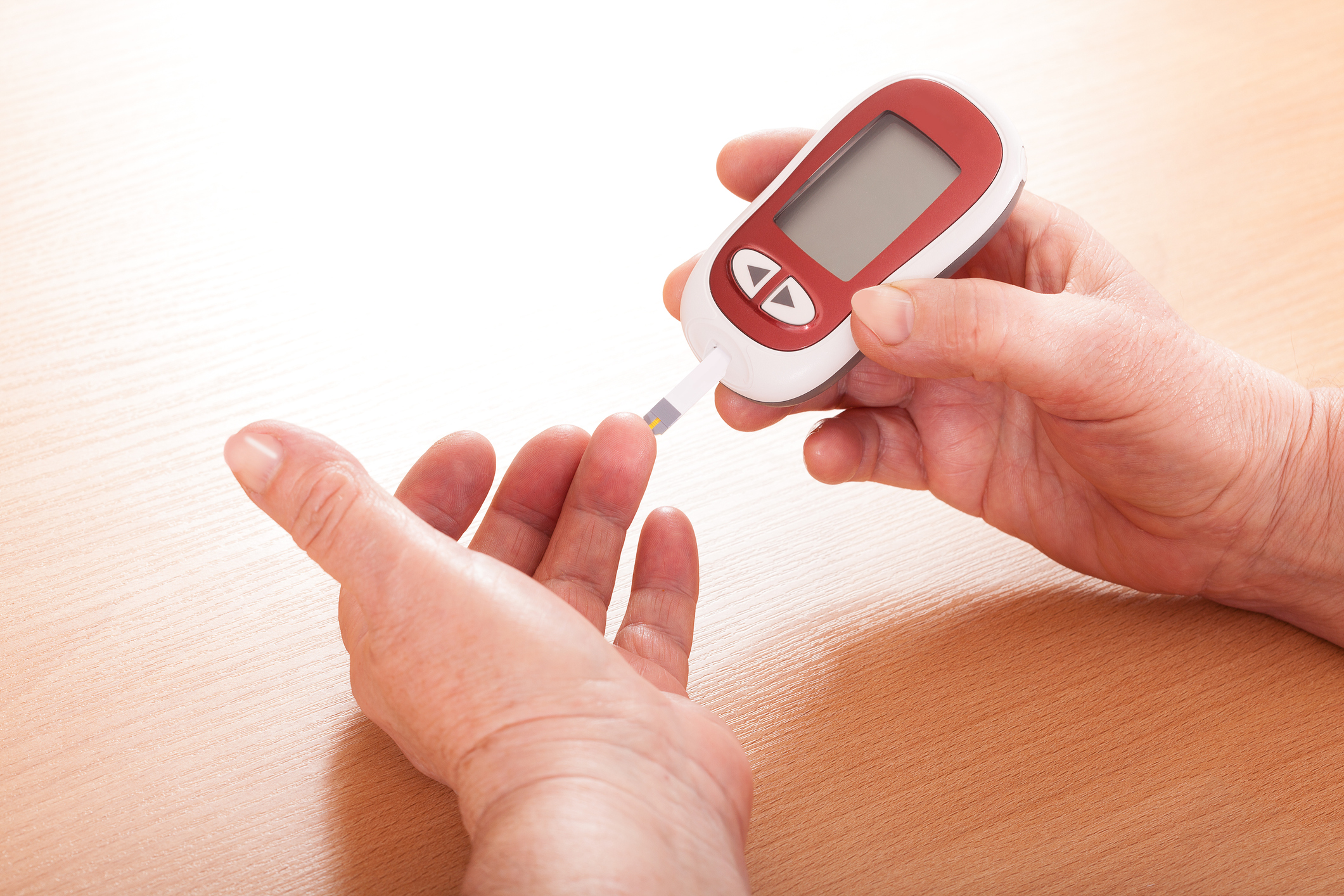Diseases
Diabetic retinopathy

Definition
Diabetic retinopathy is a serious complication of diabetes, in which blood vessels swell and leak into the retina, causing damage.
Organ
In diabetic retinopathy, lesions are present on the retina.
Symptoms
They generally appear five to seven years after the discovery of diabetes, sometimes earlier:
- blurred, cloudy vision
- distortion of images and lines (metamorphopsia)
- the appearance of "blind" black spots (scotomas) in the field of vision
- poor night vision
- an increase in shadows or "floating bodies" in the field of vision
- reduced contrast: colours appear pale or washed out
- rapid loss of sight.
Source: HUG
Frequency
It is estimated that around 40% of diabetics have retinopathy, which would represent around 1,000,000 patients in France.
Diabetic retinopathy is as common in type 1 diabetes as in type 2:
- in type 1 diabetes, DR generally does not occur before 7 years; after 20 years, 90 to 95% of type 1 diabetics have DR, 40% of whom have proliferative DR.
- In type 2 diabetes, 20% of type 2 diabetics develop DR as soon as their diabetes is discovered. The long-term risk for type 2 diabetics is less that of proliferative retinopathy (20% of patients) than that of macular oedema (60% of patients).
Source: CHUPS Jussieu
Causes
The risk factors for diabetic retinopathy are the length of time the patient has had diabetes, blood sugar levels, arterial hypertension, insulin dependence, pregnancy, an excess of certain blood lipid components, and genetic and nutritional factors.
Source: WHO
Smoking, high blood pressure and high cholesterol levels are also risk factors for diabetic retinopathy.
Evolution
Diabetic retinopathy usually develops slowly, gradually over the course of a person's life.
Visual impairment due to macular oedema is progressive, but may eventually lead to blindness.
Intravitreal haemorrhage from bleeding neovessels, retinal detachment or neovascular glaucoma can lead to sudden and almost complete loss of vision.
Source: CHUPS Jussieu
Prevention
The best preventive treatment for diabetic retinopathy is strict control of blood sugar and blood pressure, combined with annual fundus examinations.
Source: CHUPS Jussieu
Diagnosis
Diabetic retinopathy is generally discovered during routine ophthalmological examinations carried out as part of diabetes monitoring.
- Fundus examination
- Angiography
Treatments
- Severe non-proliferative diabetic retinopathy
- Pan-retinal laser photo-coagulation
- This effective treatment aims to reduce the formation of neovessels on the retina and the risk of haemorrhaging in the vitreous body (see diagram on p.2). It is used when ischaemia is extensive and preferably before neovascular formation.
Vitrectomy
Vitrectomy involves removing the vitreous body using micro-instruments. This surgical procedure is indicated when
- haemorrhage in the vitreous does not disappear spontaneously
- the vitreous body is pulling on the retina
- the retina is detached.
- When both eyes are affected, they are operated on a few weeks apart.
Source : HUG
